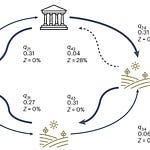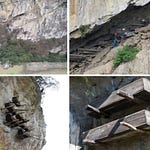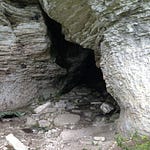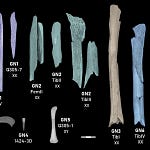The archaeological discovery of Preclassic clay figurines atop the San Isidro pyramid in El Salvador raises profound questions about the social and ritualistic lives of Mesoamerican cultures. Were these figures sacred objects of devotion? Props in an ancient performance? Or echoes of a broader pan-Mesoamerican tradition? Recent research1 by archaeologists Jan Szymański and Gabriela Prejs offers a fascinating glimpse into a society that was far from isolated—one that engaged in artistic and ritualistic practices that stretched across Central America.
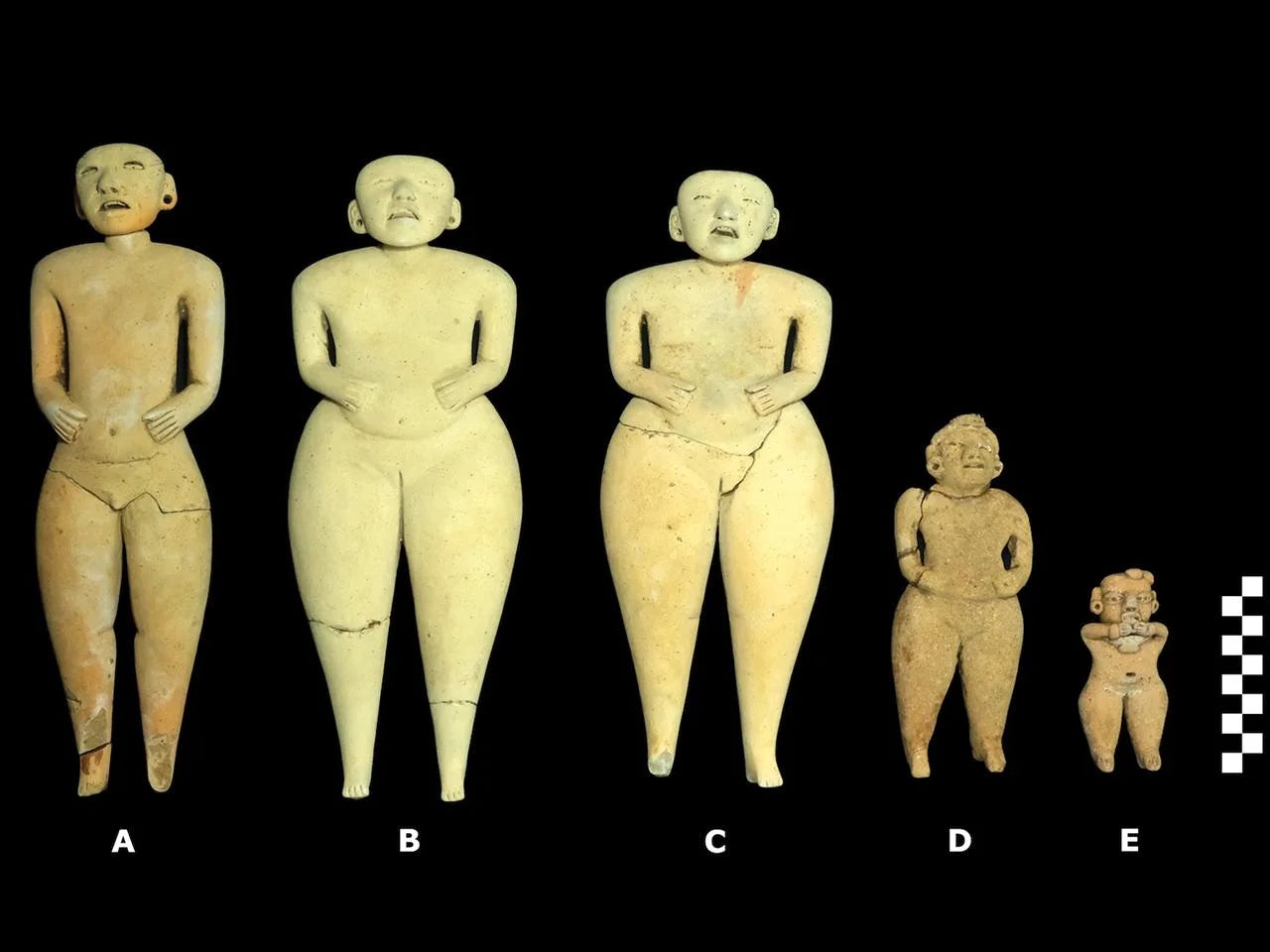
An Unexpected Discovery in the Highlands of El Salvador
In 2022, archaeologists excavating the summit of a Preclassic structure in San Isidro unearthed an extraordinary tableau: five clay figurines carefully arranged in what appears to be a deliberate formation. The figures—three large, two small—bear striking similarities to a previously known style of Mesoamerican figurines called "Bolinas-type," which have been found in Guatemala and other parts of Central America. But this is the first time such a set has been found in situ, providing a crucial piece of evidence for how these artifacts were used in ancient societies.

The figurines date back to roughly 410–380 BC, predating the rise of divine kingship in Mesoamerica. Unlike later Maya or Aztec sculptures, these figures do not depict rulers or gods in an obvious way. Instead, they show a mix of male and female figures, some adorned with jewelry and elaborate hairstyles, while others are completely nude.
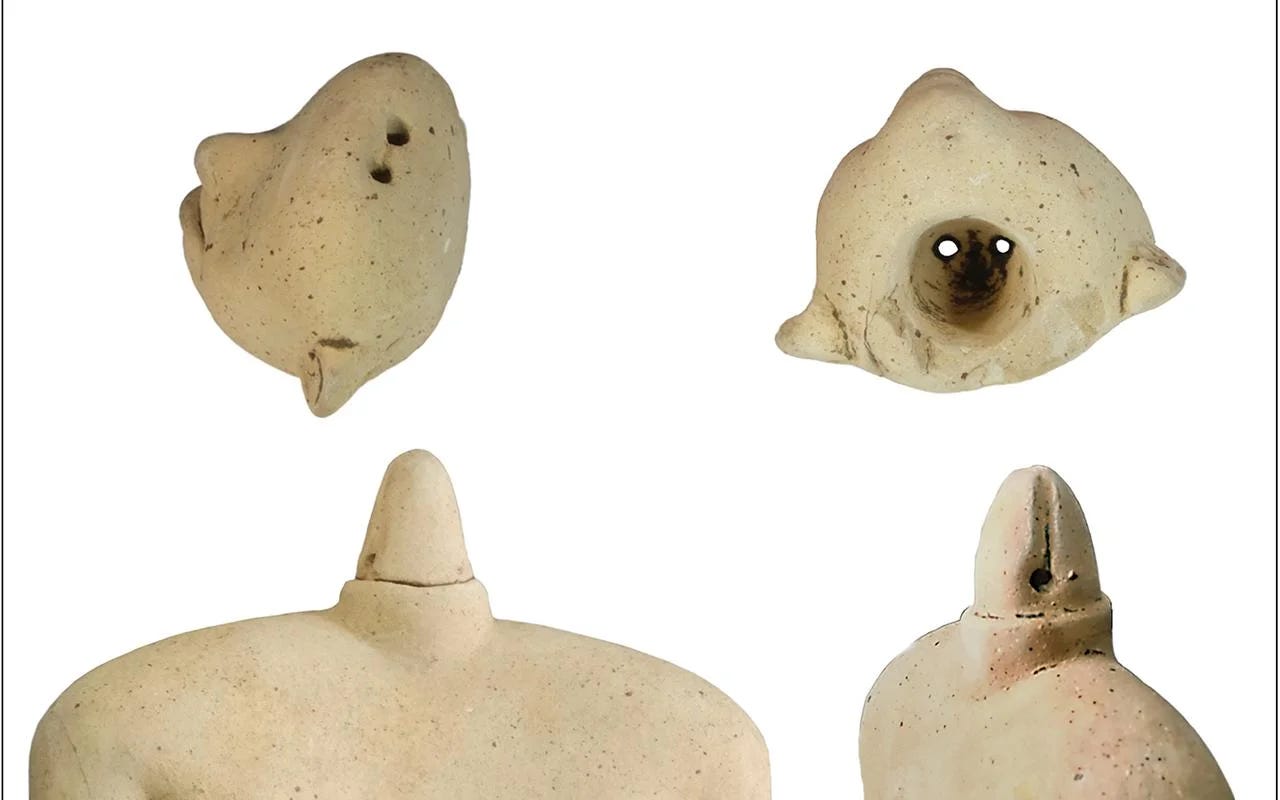
One of the most striking features of these figurines is their articulated heads—a rarity in ancient Mesoamerican art. The heads, which could be rotated, suggest a level of interactivity, possibly as part of a performance or storytelling ritual.
“The ability to adjust the articulated heads of the large figurines was an important feature employed during rituals conducted at the time of deposition, perhaps in an act of turning towards different cardinal directions while maintaining body position.”
These details hint at something more complex than mere burial offerings—they suggest an ancient form of puppetry, a practice that may have been used in ceremonies or public rituals.
Puppets, Politics, and Performance in Ancient Mesoamerica
Across the world, figurines have played dual roles: as objects of reverence and as tools of performance. The positioning of the San Isidro figurines suggests they may have been arranged as part of a ritual, possibly a reenactment of myths, social hierarchy, or cosmological beliefs.
This notion is further supported by similar discoveries in Tak’alik Ab’aj, Guatemala, where a set of Bolinas-type figurines was found buried alongside an elite burial. The figures at Tak’alik Ab’aj were placed along cardinal directions, symbolizing the movement of celestial bodies and the cycle of life and death.

Could the San Isidro figurines represent something similar? The presence of both male and female figures challenges the idea that these were simply representations of rulers. Instead, they may have symbolized a broader community or even deities linked to fertility, renewal, and cosmological cycles.
Another possibility is that the figures were used in a ritualistic performance, similar to how many indigenous cultures still use masked dancers or effigies to reenact sacred stories. The articulated heads suggest intentional movement, which could mean they were manipulated by hand in a ceremonial setting.
“We believe that a tradition of rituals involving ‘puppetry’ analogous in form and function to modern puppet theatres existed during the late Middle Preclassic and early Late Preclassic periods in south-eastern Mesoamerica.”
Challenging the Myth of an Isolated El Salvador
For years, mainstream archaeological narratives have framed ancient El Salvador as a cultural backwater, overshadowed by its more famous neighbors in Guatemala and Mexico. The San Isidro discovery challenges this assumption, demonstrating that Preclassic societies in this region were not only sophisticated but actively participating in regional artistic and ritual traditions.
The presence of jade artifacts, serving vessels, and a grinding stone alongside the figurines suggests trade networks connecting San Isidro with distant regions, possibly as far as Nicaragua, Costa Rica, and Panama.
“This discovery contradicts the prevailing notion about El Salvador’s cultural backwardness or isolation in ancient times. It reveals the existence of vibrant and far-reaching communities capable of exchanging ideas with remarkably distant places.”
The similarities between San Isidro and sites like Tak’alik Ab’aj reinforce the idea that Mesoamerica was a web of interconnected societies, rather than a landscape dominated by a few powerful centers.
The Mystery of the Missing Burial
One key difference between San Isidro and other sites is the absence of human remains. Unlike Tak’alik Ab’aj, where the figurines were found in a funerary context, the San Isidro set lacks an associated burial.
Does this mean the figures were used for an entirely different purpose? One possibility is that the figurines were part of a cenotaph, a memorial without a body. Another possibility is that the burial was present but has since been lost due to erosion or later disturbances.
Whatever the case, the deliberate placement of the figurines and their positioning in relation to the surrounding architecture suggest a meaning beyond simple decoration.
A Performance Frozen in Time?
The San Isidro figurines offer a rare and intimate glimpse into the ritual life of Preclassic Mesoamerica. Whether they were puppets in an ancient performance, representations of ancestors, or figures of ritual devotion, they represent a society that was deeply engaged in artistic and cultural expression.
This discovery underscores the importance of rethinking Mesoamerican history beyond the usual centers of power. El Salvador was not a passive recipient of cultural influences but an active participant in a network of shared traditions, spanning from Guatemala to Costa Rica.
As more discoveries emerge, archaeologists may one day uncover the full story behind these enigmatic figures. Until then, they remain a silent but compelling testament to the creativity and complexity of ancient Mesoamerican societies.
Szymański, J., & Prejs, G. (2025). Of puppets and puppeteers: Preclassic clay figurines from San Isidro, El Salvador. Antiquity, 1–17. https://doi.org/10.15184/aqy.2025.37


